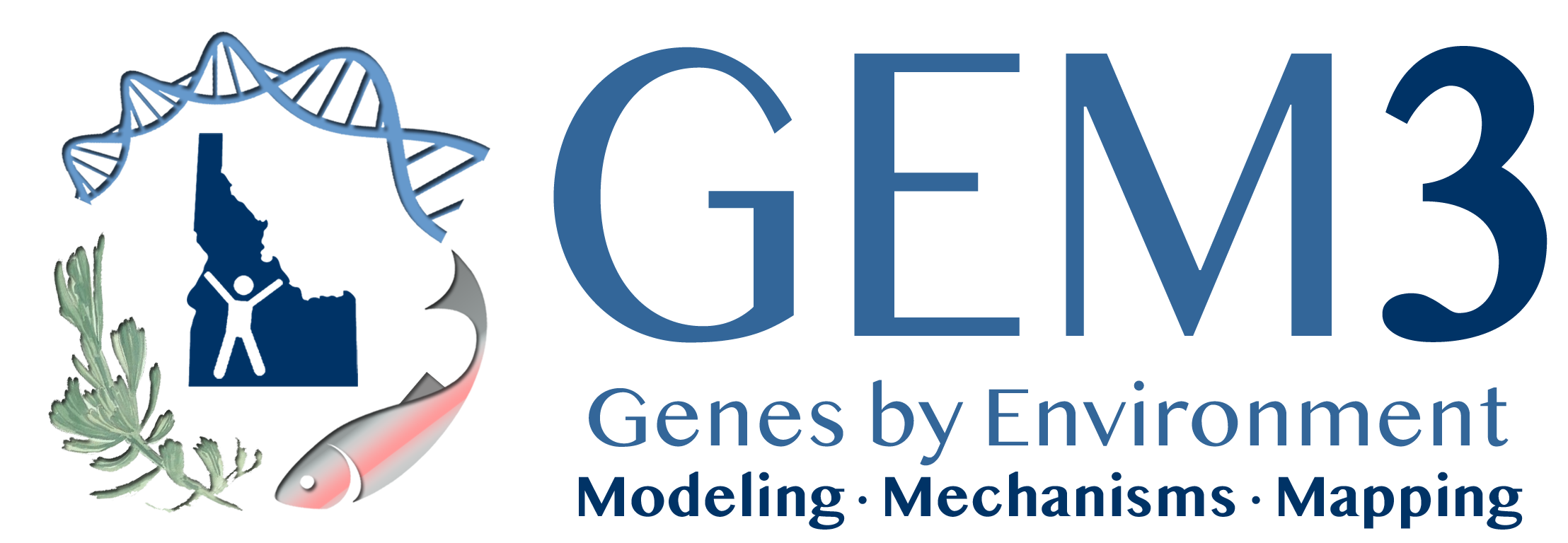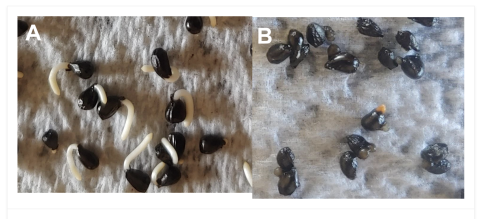Contemporary efforts to strengthen Indigenous food sovereignty can take many forms, some of which may depart from traditional food gathering practices. Common camas (Camassia quamash) is a wild-gathered geophyte that served as a staple food for Indigenous Peoples prior to colonialism. Because the abundance of camas has declined and gathering areas are difficult to access, this project sought to increase Shoshone-Bannock Tribal citizen access to camas by experimenting with ways to grow camas locally. We also held events that provided an opportunity for Tribal citizens to interact with camas. Strengthening relationships with camas in these ways not only can enhance the health of Indigenous communities because of camas’ nutritional value, but also because renewing practices and values associated with camas brings Indigenous Peoples together to redefine and assert their nationhood. Our team of authors includes Tribal- and university-affiliated professionals and students who worked collaboratively to develop this project. We evaluated how different growing conditions and seed sources influence camas cultivation. We found that soil type, stratification setting, and seed source significantly affected seed percent germination. While cold-moist stratifying seeds in a controlled setting in potting soil generally led to the highest percent germination, soil type interacted with seed source, suggesting some degree of local adaptation across gathering areas. Transplanted bulbs had high survival rates, suggesting both seeds and bulbs as viable options to increase local access to camas. This project contributes to our understanding of camas ecology while also demonstrating one approach to help strengthen traditional foodways through Tribal-university partnerships.
| GEM3 author(s) | |
| Year published |
2023
|
| Journal |
Journal of Ethnobiology
|
| DOI/URL | |
| Keywords |
Ecology
Socio-Ecological Systems
Demographics
Human Dimensions
Landscapes
Phenology
|
| GEM3 component |
Mechanisms
Partnerships
|
| Mentions grant |
Yes
|

